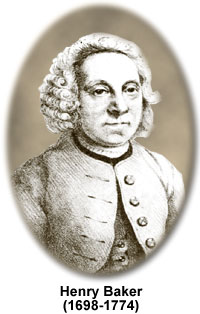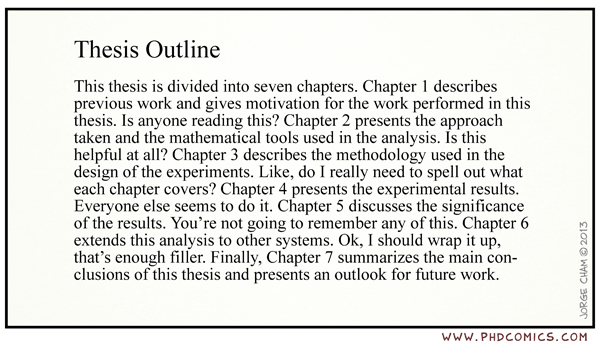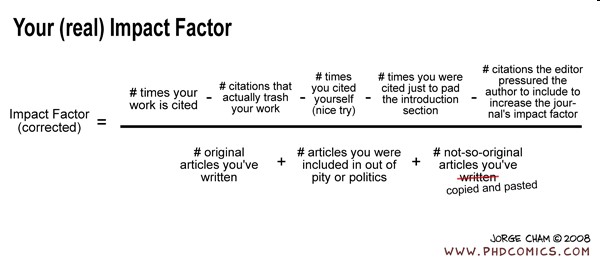I recently introduced
- Random distribution based on Nano Indent test results - using mean and variance of data
- Triangular random generation of mesh with around 112000 elements to represent 10cm x 10cm sections
- Probabilistic distribution of reaction (in this case expansion) based on petrographic identification of reactive phases in aggregates (different for each mix design)
- and implementation of saturated cracks by updating the loading system while simulation is running (by introducing plastic behavior stage non elements stress strain curves)
Here are some representative images;
Histogram showing distribution of E values grouped by phases (Agg-Mortar-Bond-Void)
Heat map of E Mod values based on Digital image, Mesh geometry representing heterogeneity in aggregates and mortar
Initial Load elements with varied Intensities
Fracture evolution after 20000 simulation steps






























